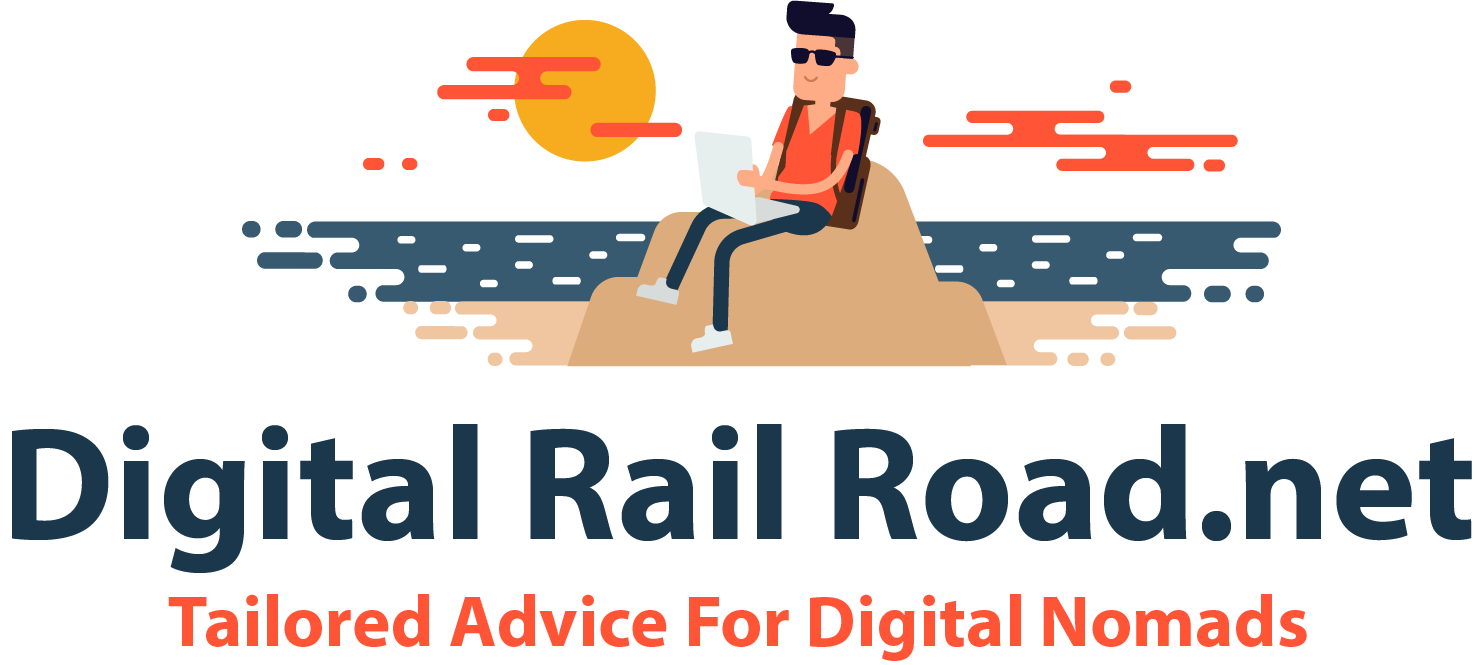 Just when you think you know all there is to know about mobile marketing, something else comes up, and you have to educate yourself on that concept.
Just when you think you know all there is to know about mobile marketing, something else comes up, and you have to educate yourself on that concept.
One such concept that’s definitely worth learning more about is called geo-fencing.
According to the app development firm Buildfire, geo-fencing is an excellent money-making strategy and industry trend that should be used by any business with a mobile app. The following provides an overview of what geo-fencing is, how it works and some tips for implementing it.
An Overview of Geo-Fencing
Geo-fencing is a term that refers to using location services to improve marketing. It’s not necessarily a new concept in mobile marketing, although you may not have yet heard it referred to as geo-fencing.
With geo-fencing, you’re using your mobile app and a user’s GPS system to create a digital boundary.
A company can create their own geo-fenced area around their business, and when someone who uses their app goes into that area, they receive a push notification or maybe a text notification.
Along with targeting customers in the local area, businesses sometimes use geo-fencing in other ways. For example, they may track employees who make deliveries or service calls to ensure they’re on their route.
To make geo-fencing work, first, a developer creates a virtual boundary around a specific location. This can be done using GPS or in some cases, RFID software. You can do something simple as putting a 100-feet radius around a location in Google maps. For it to work, however, users need to opt-in to location services.
How Is Geo-Fencing Used
A really popular application for geo-fencing in the business world is integrating it with social media. For example, SnapChat will use geo-fencing and offer customized stickers or filters for certain events like concerts or festivals.
This is all based on targeting people who are in a specific location.
Another way to use geo-fencing is to offer special sales or pricing either when people are near a brick-and-mortar location or when they’re shopping. This is something retailer Target has played around with, as an example.
When a user had the Target Cartwheel app on their phone and walked into the store, the user would then get a notification with special offers that were happening that day.
Uber is another big-name company utilizing geo-fencing concepts. Basically, all the things Uber offers are related to location-based services and marketing.
For example, when you open the Uber app, and you’re ready to request a ride, there is geo-fencing used to show you what drivers are available in your area, and how long it could potentially take them to reach you. Also, if you have location services turned on, Uber may send you a push notification as a way to get you to take a ride, even if you haven’t requested one.
Tips for Using Geo-Fencing
If you’re considering geo-fencing as a marketing technique for your business, the following are some tips to keep in mind:
- It’s really important to do some research before you create geo-fencing capabilities within your mobile application. You need to look at what your competitors are doing, and also make sure you have a full understanding of your customers. You need to create geo-fencing strategies that aren’t just relevant to your business but are relevant to your customer. You do have to delve into how your average customer is interacting with their mobile device.
- Transparency is essential for any business that’s going to integrate geo-fencing into their marketing strategy. You are going to have to let users know that you’re going to be using their location information and you’re also going to have to tell them how. Frame this so that it is a benefit to the customer. For example, let them know you’ll be using it to send them relevant discounts. Most consumers are more willing than you might think to opt into something like this if it offers them chances to save money.
- Of course, as with other digital marketing, you will have to optimize your campaigns. You want to make decisions that are driven by data and analytics. You can use tools that gather all of the relevant information into a centralized dashboard so you can see how you’re doing in terms of brand life, engagement, and conversions.
Geo-fencing is one of the best mobile marketing techniques for brick-and-mortar businesses. There is a lot of attention put on bridging the gap between in-person sales and marketing and the digital world, and geo-fencing is that ideal combination of the two. They don’t have to exist separately from one another, and they can be successfully integrated.
